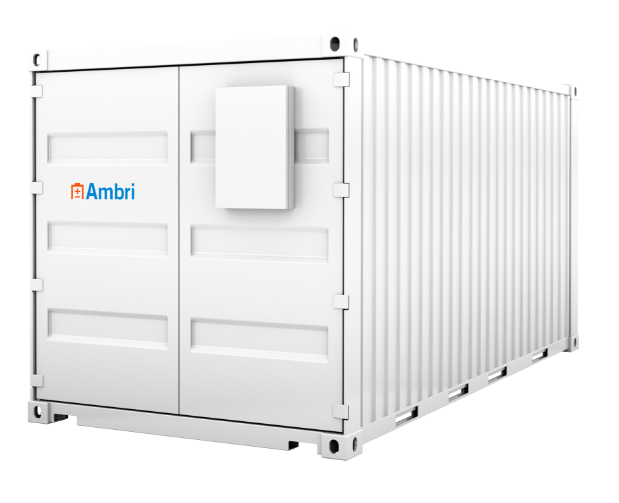Independent workers, contingent workers, sharing economy, “work arrangements”, side gigs, working part-time, flexible work, independent work, and contingent work: these terms all describe the new nature of work and the so-called “gig economy.”
The word gig likely comes from the music industry where a one-time job for a musician or group of musicians was called a gig. Now the term refers to all of the above and more. Like most new terminology, the idea of the gig economy may have a short shelf life as automation and robotics throws so many people out of work that a “gig job” will one day seem like a significant and treasured distant memory. It is to be that workers of any kind could turn to unions to protect their interests versus employers. But now, unionization is going the way of the dodo bird. Capital and employers simply have too much power these days.
A recent book, “Thriving in the Gig Economy,” gives hope that, at least for the time being, some people can thrive in this new economy and may even be a road to financial freedom. In the gig economy, everyone should consider themselves an entrepreneur. This means (s)he must wear multiple hats including marketer, salesman, CEO, accountant, SEO guru, and more.
As all large trends do, the gig economy is throwing off business to lots of new companies. For example, wework has raised millions to set up workspaces in major and midsize cities in the US and 14 countries around the globe including China, India, the UK, Brazil, and Argentina, where people can work in a professional environment instead of staying at home alone.
Another popular book, Pivot: The Only Move That Matters is Your Next One, suggests that we are living in a time of daily change when a good idea you had yesterday may not make sense tomorrow. Resting on your laurels is the path to business death and penury.
Some even believe that the gig economy could save the American workforce.
For an excellent overview of the Gig Economy, see the Financial Times report below.







